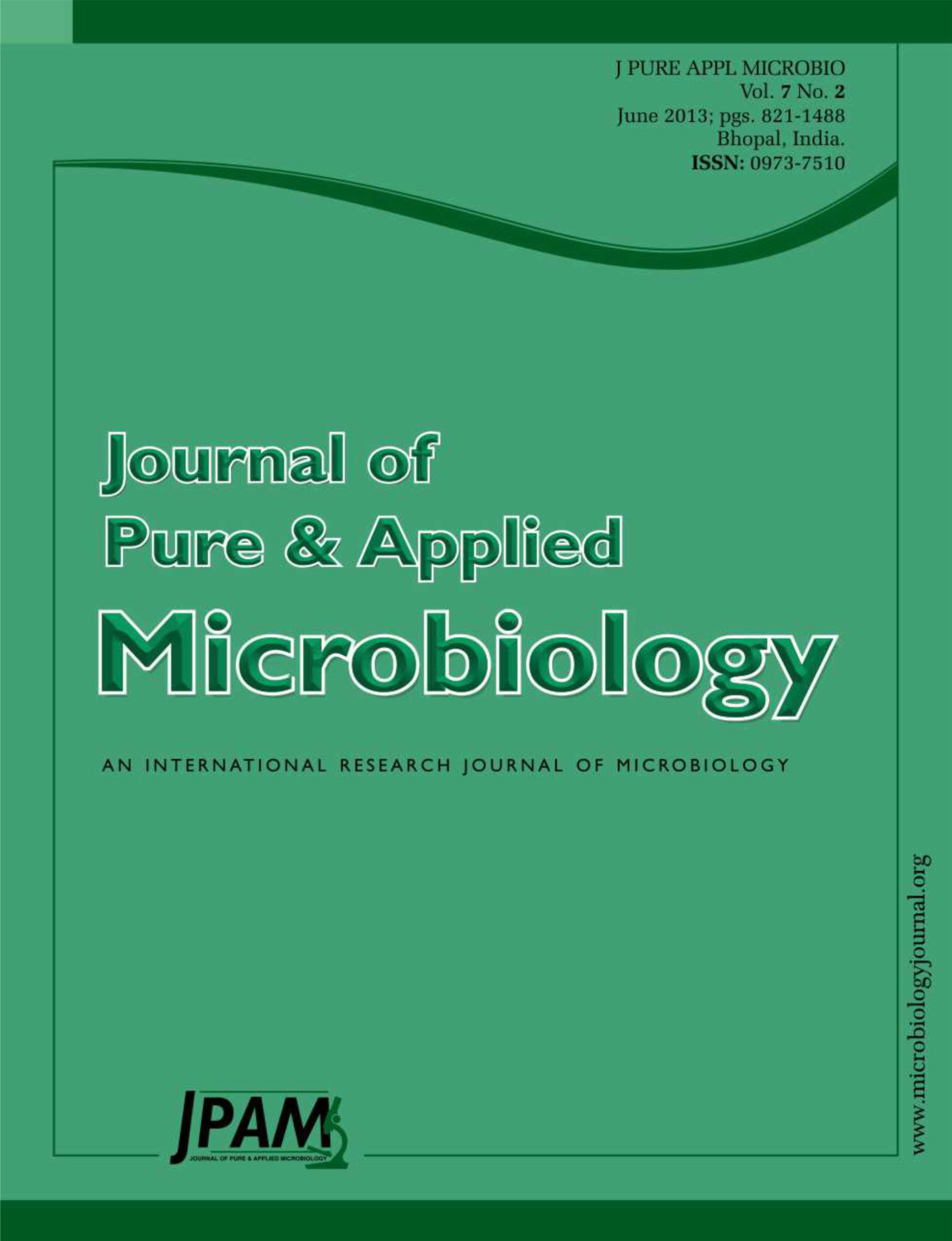Anaerobic bacteria producing cellulases have not been extensively studied though they are the efficient producers of cellulase. Clostridium papyrosolvens CFR-1010, an anaerobic cellulolytic bacterial strain was identified as a potent cellulase producer and selected for the purification and kinetic studies of Exo-b-1,4-glucanase and Endo-b-1,4-glucanase. The molecular masses of the enzymes were 65 and 60 kDa, respectively. The enzymes showed maximum activities at pH 5.0 and at the temperature of 50 oC. The activities increased in the presence of MnCl2, whereas, N-bromosuccinimide decreased enzyme activities by 68 and 75% respectively, thus suggesting the presence of tryptophan residues at the active sites of enzymes. Exoglucanase had a Km of 20 mg/ml and Vmax of 22 units/min/mg of protein whereas the endoglucanase exhibited a Km of 6.66mg/ml and Vmax of 11.76 units/min/mg of protein. Results of the present studies suggest the use of C. papyrosolvens for cellulase production in shorter periods of time and they also add significance for the exploration of this organism for industrial applications.
Clostridium papyrosolvens, Cellulase, Exo-b-1,4-glucanase, Endo-b-1,4-glucanase, Anaerobic, Cellulolytic
© The Author(s) 2014. Open Access. This article is distributed under the terms of the Creative Commons Attribution 4.0 International License which permits unrestricted use, sharing, distribution, and reproduction in any medium, provided you give appropriate credit to the original author(s) and the source, provide a link to the Creative Commons license, and indicate if changes were made.


